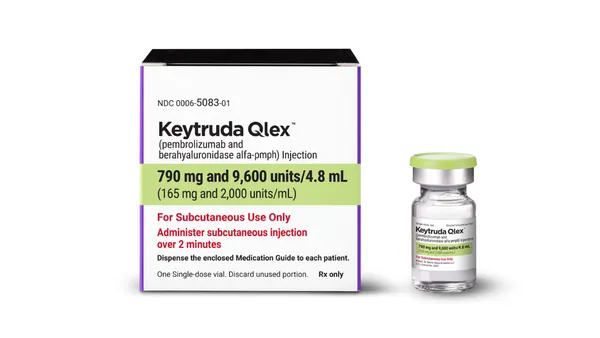As patents for branded pharmaceuticals worth more than $59 billion in U.S. annual revenue are scheduled to expire, the next five years will be historic. Will the industry replace that revenue with new products? Will there be consolidation in the industry? Will specialty pharmaceutical companies and biotech firms step up with more compounds to fill the void? In any scenario, the success or failure of a brand’s revenue-generating years begins well before FDA approval. Even before product launch, marketers need to have a solid, well-thought out strategic plan that is focused on the key issues to achieve the brand’s marketing goals. These goals need to extend to the product’s launch, which can be one of the most exciting milestones in a marketer’s career; it can also be one of the most daunting. Coordinating a product launch is extremely complex, as such, any tactical or strategic plan needs to be based on solid, credible market research that includes data not only on market factors but patient demographics and cultural influences, whether the campaign is national or global. It’s also important to consider the experience and intuition of marketing professionals; because sometimes there is no substitute for the a-ha moment — or gut reaction — to a creative execution. Some market researchers also believe that the pharmaceutical industry can learn valuable lessons from its consumer-goods counterparts, despite the sometimes onerous regulations. The marketing pendulum has begun to swing back to more educational-based campaigns, whether these messages are directed to consumers or physicians. This is true even for most DTC advertising today, which has been under intense scrutiny from the public, industry watchdogs, and regulators — witness the recent FDA and OIG guidelines. There are critics who believe that DTC advertising created a rift between patients and physicians, negatively affecting this sancosant relationship, and led patients to ask for, and receive, medications based on their requests. Recent research indicates that these assumptions may not be true, and that, in fact, DTC and other mass-media campaigns help increase awareness around undiagnosed diseases and drive office visits. But advertising is just one segment of a marketing plan. Generating awareness around a product is valuable, but it doesn’t necessarily generate sales. To move product in the market it’s necessary to incite action, and there are a couple of marketing theories on how to achieve this goal. One is determining what the brand represents and another is establishing the brand in the customers’ minds. Marketers need to ask themselves myriad questions, the answers to which often dictate the direction, tenor, and tactics of a campaign. For example, is the therapeutic class already well understood by the market or are there opportunities to provide education? For many marketers, an effective campaign uses an integrated appraoch so marketing and sales — personal or nonpersonal — are aligned to support the same strategic direction. Educationally focused campaigns, whether directed to the consumer through print, mass media, or the Internet, can have myriad benefits, including improving patient compliance. Better outcomes for patients will be the result of the better education of healthcare professionals and allied health providers through messages disseminated through salesforces, print and electronic media, print journal advertising, the Internet, and at symposia, conferences, and other meetings. Daniel Limbach Managing Editor VIEW publications An Educated Customer September 2006 VIEW on Marketing
An article from


Letter from the Editor
Filed Under:
Commercialization









